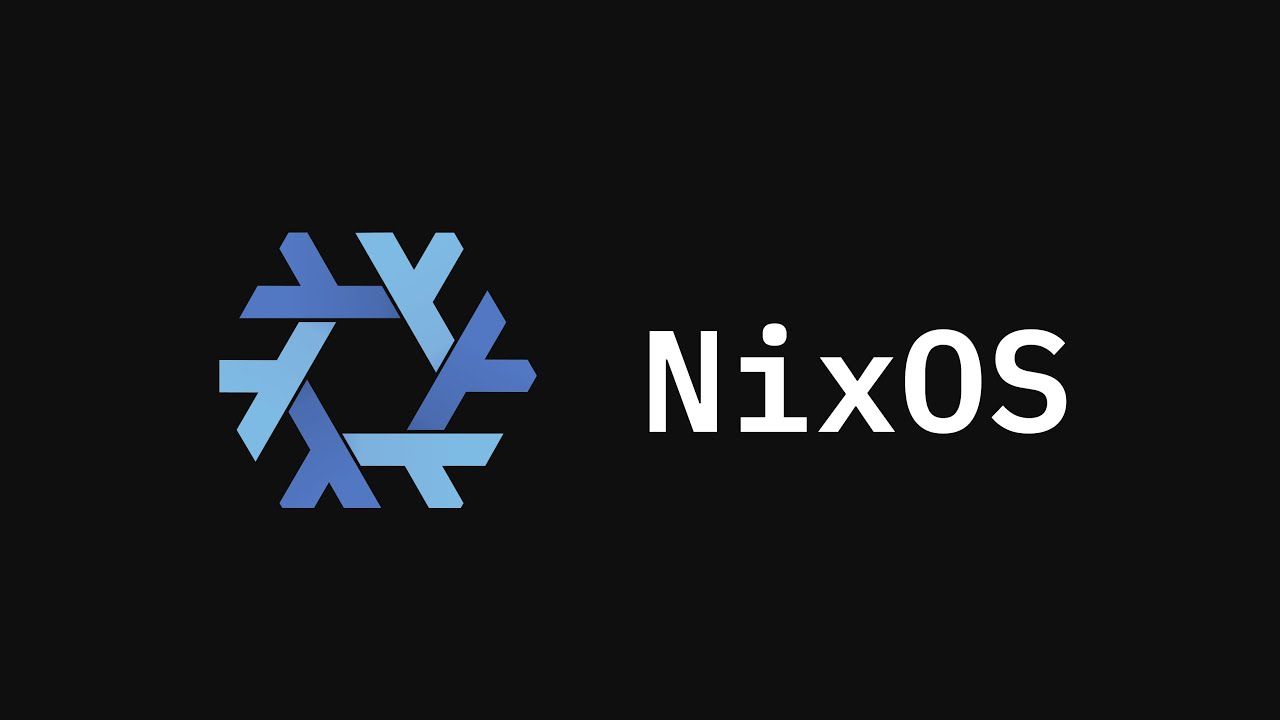SUSE Edge 3.1: Charting the Future of Edge Computing
In an era where edge computing becomes pivotal for businesses navigating the complexities of our digital landscape, SUSE has stepped up with a game-changing release: SUSE Edge 3.1. This comprehensive suite showcases innovative tools and frameworks tailored to enhance Kubernetes and Linux deployment capabilities at the edge. As someone who has worked extensively in the tech industry, I can appreciate the significance of such advancements in reducing complexities that could stymie operational efficiency.
 The latest SUSE Edge release offers transformative tools for edge deployments.
The latest SUSE Edge release offers transformative tools for edge deployments.
Unpacking SUSE Edge 3.1
SUSE Edge is not merely a standalone technology; it represents a suite of capabilities designed for deployment and management in edge environments. The synergy between SUSE Linux Micro, an optimized distribution for compact setups based on SUSE Linux Enterprise, and the SUSE Manager technology ensures comprehensive Linux administration. Furthermore, the integration of SUSE’s Kubernetes distribution, RK2, alongside Rancher Prime for Kubernetes management, adds yet another layer of capability, streamlining operations for users.
At the heart of this recent update are significant features like a stack validation framework that offers crucial operational assurances. Keith Basil, general manager of the edge business unit at SUSE, highlighted its importance for organizations in critical sectors, stating,
“What we’ve realized is that in some of our critical infrastructure use cases, either government-related or healthcare-related, they want a level of trust that the application running at that location will perform as expected.”
The Game-Changing Edge Image Builder
One of the standout components of SUSE Edge 3.1 is the innovative Edge Image Builder, a tool crafted to tackle the intricate network configurations often associated with edge computing deployments. Basil mentioned the common difficulties faced when deploying across various nodes, where configurations could include multiple NICs, VLANs, and SR-IOV. With this tool, businesses can create a single Kubernetes image for vast deployments, effortlessly distributing it across thousands of systems, managing scalability without sacrificing performance.
Imagine the implications: a company could deploy 10,000 edge nodes swiftly and efficiently, allowing these systems to synchronize back to a centralized Rancher service for streamlined tracking and management of machine inventory.
Enhancing Bare Metal Capabilities
In the context of Kubernetes, the ability to provision bare metal hardware effectively is increasingly compelling. The integration of the Metal3 project is particularly noteworthy, as it broadens the possibilities for remote orchestration of bare-metal deployments, allowing a more robust utilization of resources without relying solely on virtualized environments.
Furthermore, with advancements in network load balancing through MetalLB technology, SUSE is pushing boundaries further. By shifting load balancing down from virtual platforms to the physical machines themselves, the efficiency and performance of application delivery are markedly improved.
A Vision Towards Industrial Integration
SUSE’s vision extends beyond the current offerings. Future iterations of SUSE Edge are poised to cater to verticals such as the Industrial IoT space, leveraging the advantages of initiatives like Margo, a Linux Foundation effort fostering IoT Edge device interoperability. As Basil explains,
“Margo’s mission is to solve industrial process automation complexities and challenges, and they, independent of us, decided that Kubernetes was going to be the infrastructure which Margo would run on.”
This direction reflects a comprehensive understanding of the industry’s needs and signals an ambitious roadmap for industrial applications.
Conclusion: The Edge is Here to Stay
SUSE Edge 3.1 represents a significant step forward in the landscape of edge computing, marrying innovation with practicality. As I consider my own experiences in implementing edge solutions, it’s clear that tools such as those provided by SUSE can become vital assets for organizations and developers seeking improvements in deployment speed, reliability, and scalability.
With the ongoing evolution of technology, especially in IoT and edge environments, this solution stands out as a beacon of what’s possible. Embracing these advancements will certainly shape the future of how we approach edge computing, with SUSE at the forefront of this transformative journey.














